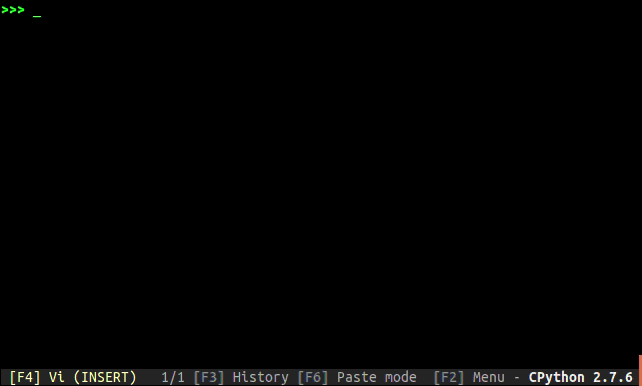Pythonのモーツァルト、Armin Ronacherによって書かれたクリックライブラリを試してください。
$ pip install click # both 2 and 3 compatible
シンプルな進行状況バーを作成するには:
import click
with click.progressbar(range(1000000)) as bar:
for i in bar:
pass
これは次のようになります。
# [###-------------------------------] 9% 00:01:14
心に合わせてコンテンツをカスタマイズ:
import click, sys
with click.progressbar(range(100000), file=sys.stderr, show_pos=True, width=70, bar_template='(_(_)=%(bar)sD(_(_| %(info)s', fill_char='=', empty_char=' ') as bar:
for i in bar:
pass
カスタムルック:
(_(_)===================================D(_(_| 100000/100000 00:00:02
さらに多くのオプションがあります。APIドキュメントを参照してください。
click.progressbar(iterable=None, length=None, label=None, show_eta=True, show_percent=None, show_pos=False, item_show_func=None, fill_char='#', empty_char='-', bar_template='%(label)s [%(bar)s] %(info)s', info_sep=' ', width=36, file=None, color=None)

